The deep, soulful brown eyes of a German Shepherd can hypnotize you into giving them just about anything they want, whether it be a bite of your sandwich or your favorite recliner.
Around middle age, those gorgeous eyes become prone to a serious disease that may lead to blindness. GSDs have the highest genetic predisposition for Chronic Superficial Keratitis – or Pannus – of any dog breed.
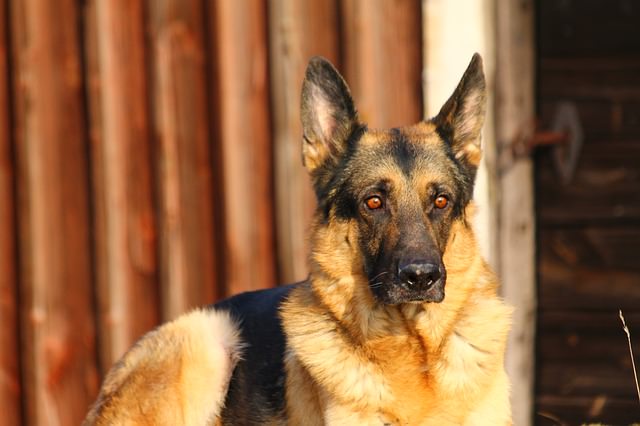
Pannus is believed to be immune-mediated, meaning some cellular malfunction causes the dog’s body to suddenly treat the cornea as foreign material. The immune system attacks, causing blood vessels and scar tissue to progressively invade the surface of the cornea.
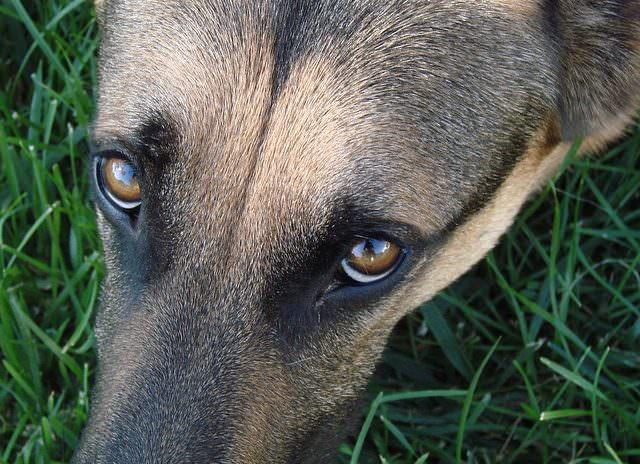
Exposure to ultraviolet (UV) light throughout early life is thought to somehow set off the disease, but the direct cause of Pannus is unknown. Living in high altitude areas, increased UV exposure, and irritants in the air may contribute to the severity of the corneal damage.
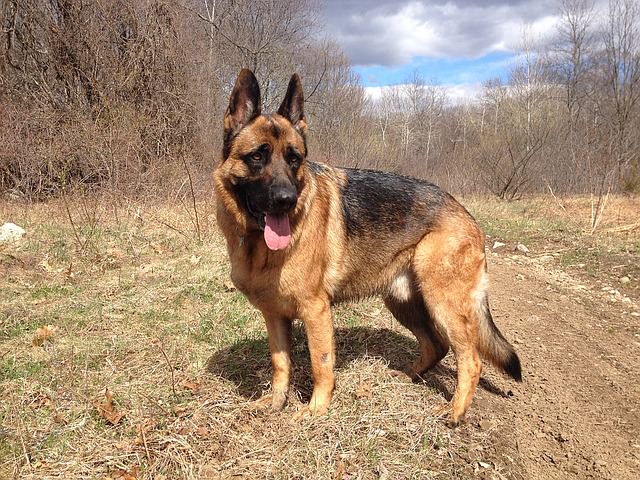
Pannus usually begins in the corners of the eyes. Although it normally affects both eyes, it is not uncommon for each eye to be at a different stage of the disease. Watch for the following symptoms in your dog:
- Red, blood-shot eyes
- Excessive tearing
- A grayish-pink film covering the eyes
- Coloring of the cornea, usually dark brown or black
- Opaque cloudiness of the eye
- Thickening and loss of color of the third eyelids
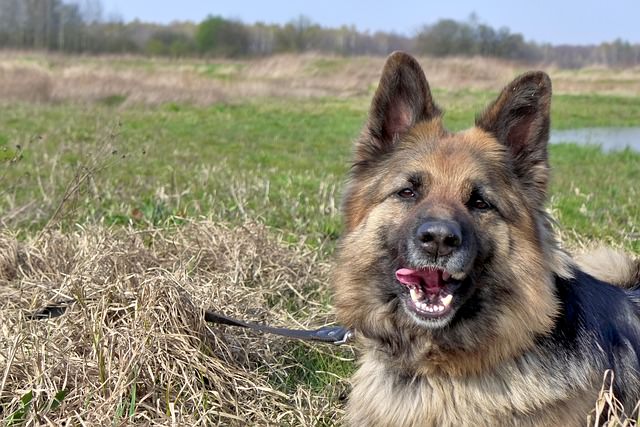
Diagnosis is fairly easy because of the distinct appearance of Pannus and the frequency at which it occurs in German Shepherds. Your veterinarian will perform several diagnostic tests on the eyes and may recommend blood work in order to rule out underlying causes.

Unfortunately there is no cure for Pannus, but if the disease is caught early, treatment can prevent it from progressing. Immuno-suppressant eye drops and corticosteroids are typically utilized.
These medications tend to be highly effective, but any interruption in treatment could result in the disease recurring and progressing. In rare cases, surgery or radiation therapy are used to remove scar tissue and halt disease progression.
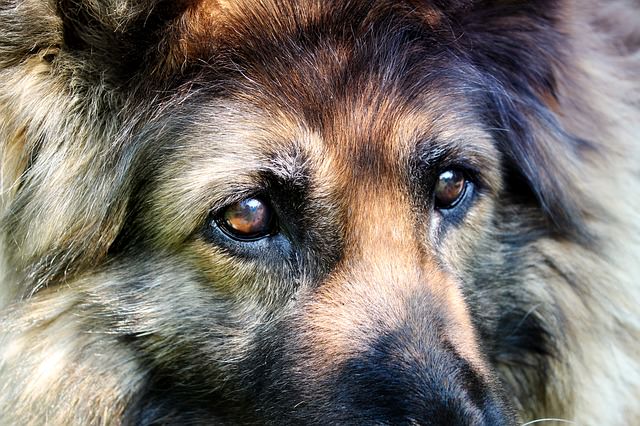
Aside from maintaining a strict regimen of medications and frequent check ups with your vet, you can help to slow the disease by minimizing your German Shepherd’s exposure to UV light and high altitudes. This means early morning or evening walks, shelter from the sun when outdoors, and no trips to the mountains! Special shaded goggles may also help.

With early detection and proper care, you can help your GSD preserve his sight and keep those eyes looking beautiful!
H/T to Total-German-Shepherd.com
